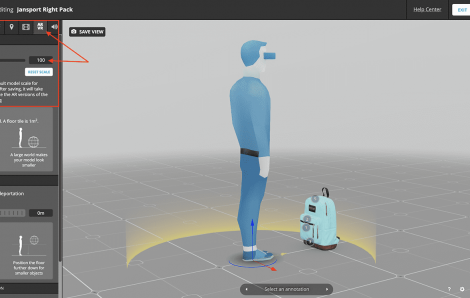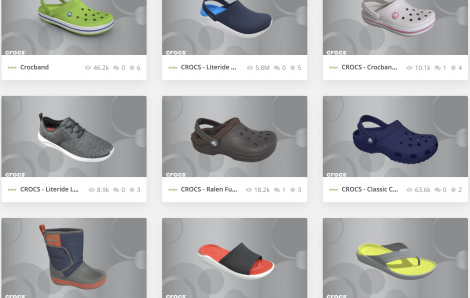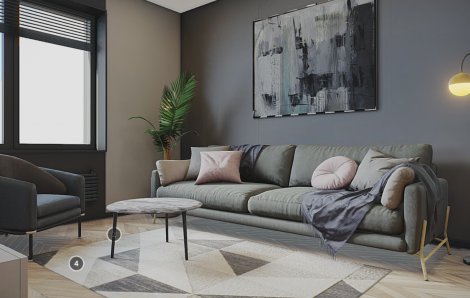How to Improve your Direct to Consumer Strategy with 3D
Early this month, Nike broke up with Amazon, and decided to stop selling its shoes through the giant online marketplace. Amazon is not the first retailer which is being let go. In 2017, Nike worked with 30,000 third-party retailers worldwide; today, with only 40.
Nike has shifted gears and is focusing more on direct to consumer channels (i.e the Nike apps and Nike.com) and is aiming to provide the best consumer experience in a controlled environment.
Direct channel sales are growing faster than wholesale channels, and brands are investing in DTC (Direct To Consumer) channels. Here are some tips to get started:
Taking back control: the product page
Choose your content
Retailers often have very specific standards about the content they would like to include, and they tend to be more conservative, which often leads to a traditional product page with dozens of images.
Scrolling through is inefficient and shoppers get tired — struggling to determine the color of a product, or to inspect the details up close and all around.
Why not offer a 3D model of your product instead? 3D visualization solves this common challenge by allowing users to explore products from all angles.
Present more product information in a creative way
Admittedly, around half of all retail sales involve customers going back online to look for information. Your website doesn’t necessarily need a shop portal to enable sales, but it should provide specific and strategic information about your products.
You could also leverage 3D annotations to help your customers make informed purchases.
Groupe SEB inserted 3D animated and annotated models of their iconic products directly on their brands’ websites to improve eCommerce experience.
“It helps closing the imagination gap. Shoppers can’t touch the product so we need to give them the most detailed info we can and 3D strongly contributes to that.”
Pauline Junne, EMEA eCategory Manager
Provide your customers with the most personalized online shopping experience
Direct channels should aim to provide the best shopping experience — personalization is key in this regard and will attract shoppers to your website.
A 3D configurator is the best way to let your shoppers customize products. We collaborated with 22 factor, an eco-luxe knitwear brand, to create this 3D configurator for their website.
The knitwear lifestyle brand reported the configurator has shortened up their production cycle by 92% (from 12 months to less than 1 month!).
Furthermore, they reduced their carbon footprint – eliminated the numerous physical samples and minimized excessive production – AND provide a very engaging user experience that allows customers to personalize with ease.
Test, measure, and improve
The advantage of having your customers shop on your website and not on some middle-man, broker’s website is you can measure and track their behavior.
Using direct channels is indeed a great opportunity to improve the feedback loop between you and your customers. You’ll gain direct insight on customer preferences, and can optimize product decisions and marketing strategy based on this.
Last, but not least, Direct To Consumer opens up a boulevard for innovation: whether you’re looking to soft launch a new product or test a new color or variation, you will be able to track the immediate reaction of your audience.
3D visualization brings new data to marketers. We’re able to know exactly how many interactions there are between a user and a 3D model, broken down by desktop or mobile. If your 3D model has annotations, you can see which one is the most clicked annotation, so you will be able to understand what information was key to your shoppers.
If you want to invest more in your direct channels, and think 3D visualization is a great move, visit our plans page and subscribe to one of our licenses.





